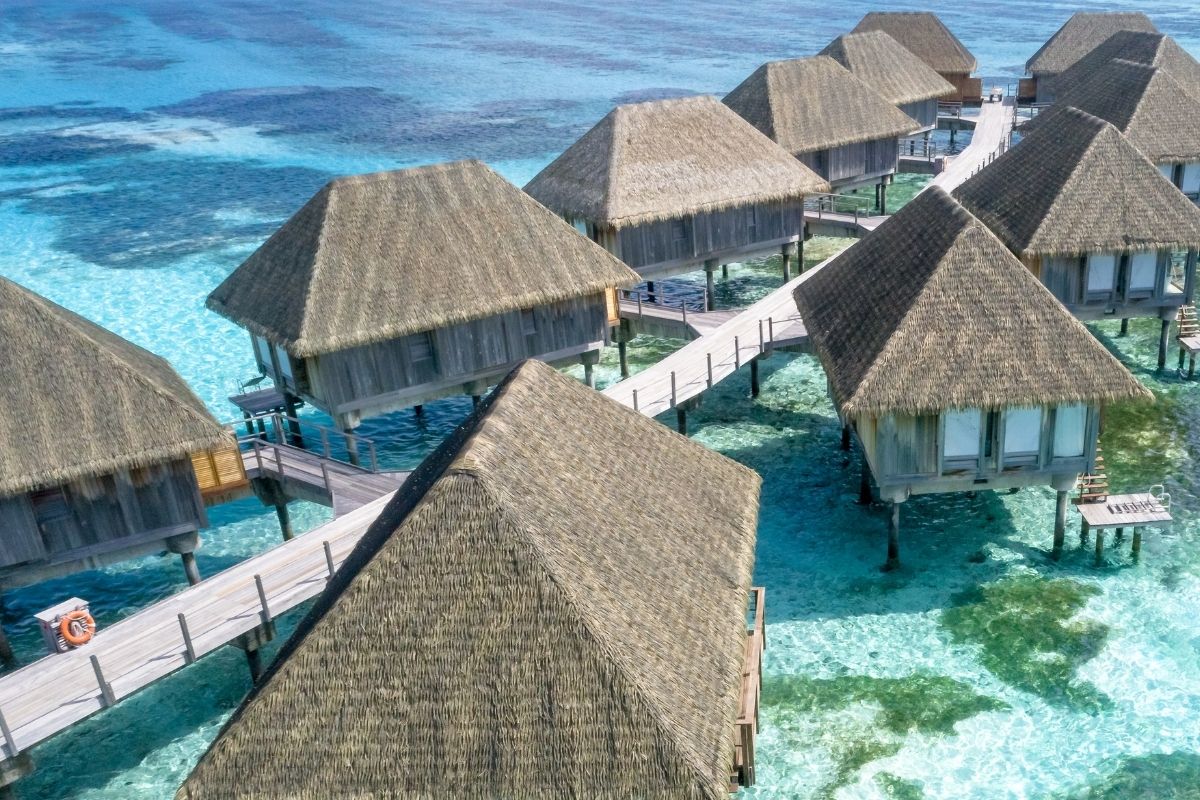Food & Beverage Operations: Catering Opportunities
Catering is a real benefit to restaurants. It can take a lot of forms. I can cater by having you pick up food at my restaurant. So, it could be as simple as a deli catering out a sandwich platter that Mr. or Mrs. Customer is going to pick up. That’s easy.
It could be that I’m delivering that sandwich platter. That’s still easy. It could also be that I’m delivering that sandwich platter and providing a service staff member to serve it for you at your home or your party. So, catering increases what we call same-store sales.
If I have 20 seats in my restaurant and, on average, I get two turns at lunch and two turns at dinner, that means that 80 people are going to be able to dine in my restaurant.
If my average check is $10, that means that I have made $800 that day by people eating at tables in my restaurant. But, I can also prepare food for 80 people at a catered event that will not be in my restaurant.
The consumer would pick it up or I would deliver it. I would still get $10 a person, maybe even more, because I’m supplying all of these disposables.
Now, I made $800 in my restaurant that day from people who came in and sat at tables, and at least $800, if not more, by catering one event for 80 people. So, I’ve increased my same-store sales — meaning, my same four walls, my same hours of operation — just by sending out catering.
Catering can typically be prepared when I’m not in the lunch or dinner rush. When I’m doing garde manger in the morning, prepping food for lunch, I could be cooking the catering food and putting it in the refrigerator to be delivered or picked up later. Catering is an extremely positive and profitable benefit for restaurants.
Now, that is catering that doesn’t happen at my restaurant. Many restaurants may have a banquet room where they offer catering. That is a place mostly for celebratory events. I guarantee it’s dark most of the week and they’re perhaps using it on the weekends. But they can use that room at any time. It does increase same-store sales as well. But you’re paying rent on that.
I’m a proponent of catering. My favorite kind is preparing food, getting it out the door, and letting people eat it elsewhere because I’m getting paid that revenue. I’m not cleaning it up; I’m not worried about China plates and flatware disappearing, and I’m not worried about someone taking up a seat in my restaurant while they’re on their smartphone for 45 minutes. I’m just getting it out the door and getting paid for it.
So, catering, again, can be very profitable. However, from an operations perspective, you need to prepare a good catering program. It can’t be haphazard, because then you will wind up spending more money than you’re making. Maybe you’re not buying or packaging properly.
You need to make sure that it’s well-packaged so that, when it gets to the guest, it looks great. Maybe they’re going to heat it at home. That’s all well and good, but it still has to look and taste great. Therefore, the way you package food makes a big difference.


